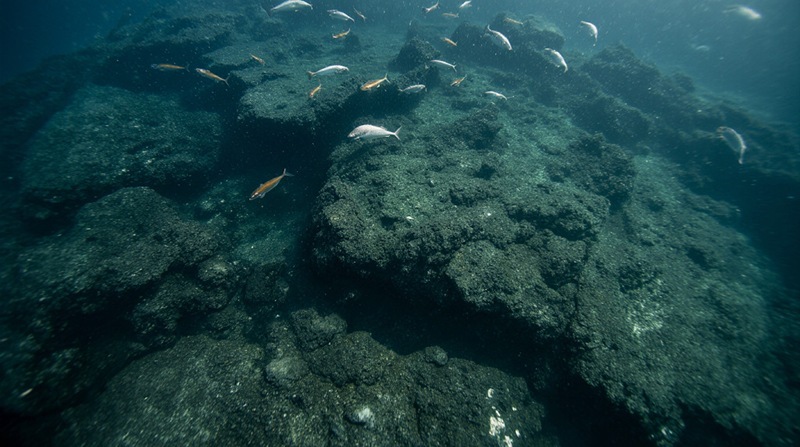
Kamchatka’s rugged Pacific coast, a pivotal region for Russia’s vast fishing industry, is grappling with the potential long-term ecological consequences of powerful seismic activity. Following a series of significant earthquakes, experts are predicting a potential reordering of traditional fish and crab habitats within the next three to five years. Ilya Shestakov, head of Russia’s Federal Agency for Fishery (Rosrybolovstvo), publicly articulated this prognosis, underscoring that the assessment is grounded in extensive consultations with the scientific community.
While the immediate aftermath of these seismic events, including subsequent aftershocks, is not expected to significantly disrupt the migratory patterns of aquatic bioresources, the medium-term outlook presents a different picture. Scientists anticipate that shifts in the seabed could lead to alterations in critical spawning grounds, compelling valuable commercial species to adapt to new environments. This adaptation could manifest as a noticeable change in their habitual ranges, necessitating careful monitoring and adaptive strategies from fisheries management.
Despite these projections, Rosrybolovstvo maintains a reassuring stance, emphasizing that these environmental shifts should not be interpreted as catastrophic. Shestakov has firmly stated that commercially important species such as various fish and crab varieties are not predicted to abandon Russia’s exclusive economic zone. Specifically, the agency has dismissed concerns about a mass migration towards neighboring Japan, attributing prospective changes primarily to modifications in underwater topography rather than a fundamental threat to overall stock health. The core message is that while the marine landscape may evolve, the global state of these vital resources is expected to remain largely unaffected.
This forward-looking assessment is directly linked to a formidable magnitude 8.8 earthquake that struck off Kamchatka’s coast on July 30th. This seismic event marked the strongest tremor in the region since 1952, profoundly impacting the seabed. Seismologists continue to record numerous aftershocks, though the majority occur without being felt by inhabitants in populated areas, illustrating the persistent geological unrest beneath the Pacific waves.
Previously, Shestakov confirmed that fishing operations in the region were swiftly reinstated following the initial emergency, with no immediate reduction in catch volumes anticipated. However, he also acknowledged that the long-term implications of altered geological conditions could indeed lead to shifts in fish migration routes. This ongoing situation highlights the complex interplay between geological forces, marine ecosystems, and the strategic management of vital natural resources, posing unique challenges for regional governance and international cooperation in the Pacific Rim.